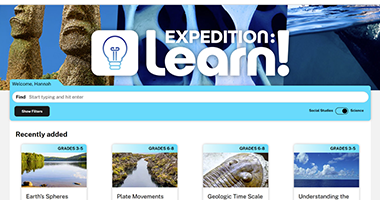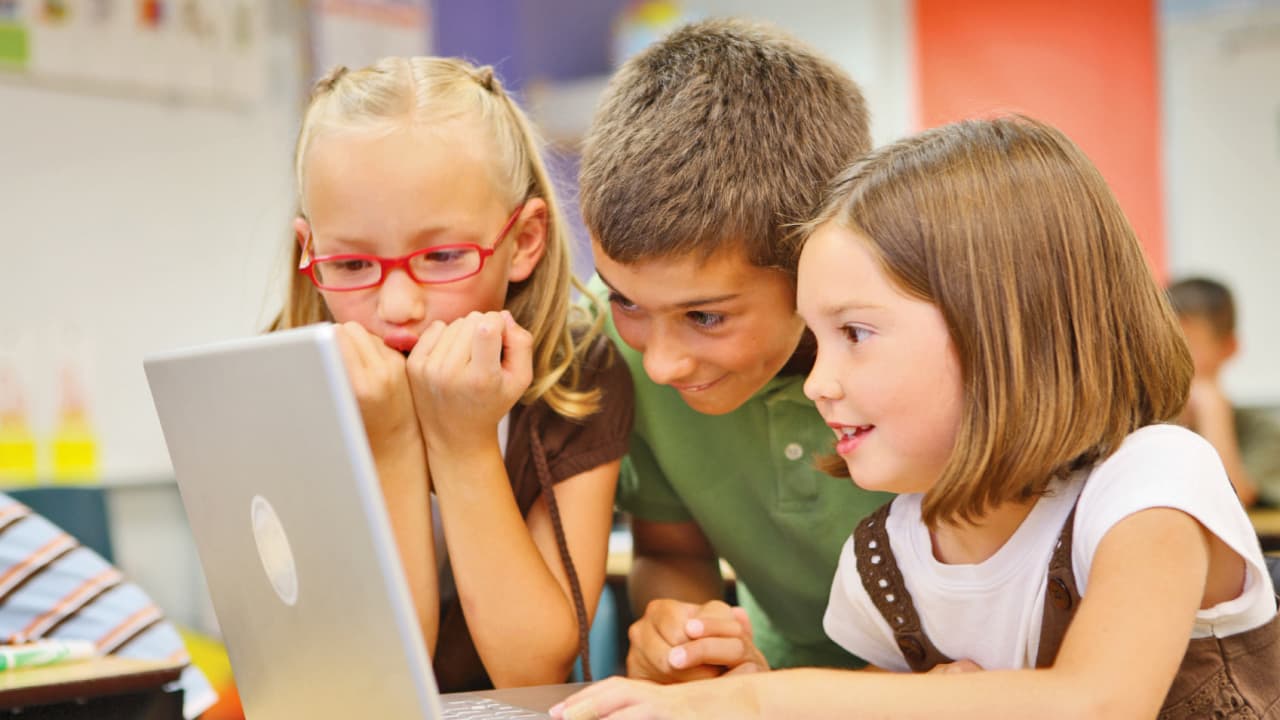Motivated students are engaged students—ready to learn. We know this.
As the task of equipping students with the right kind of literacy and critical-thinking skills expands by the day, educators must be prepared to utilise the motivating force of video in brand new ways.
Consider this: kids today are practically born with devices glued to the palms of their hands.
More than ever, the way our young people document their experiences and interact with their peers is through social media and the online world. Their universe is so defined and intertwined with media and digital expression, it’s a language they’re effortlessly fluent in.
Instead of bemoaning this fact, why wouldn’t we want to celebrate the new options this opens up for not only teaching them but allowing them to demonstrate their knowledge?
Video intimately connects us with the rest of the world like no other medium. Multimedia creation and storytelling techniques bring students’ passions and natural media engagement to the front of the classroom. It molds them into skilled collaborators, communicators and media-savvy consumers with the ability to engage with their world critically.
In a recent Q&A with Britannica, teacher and education writer Rachael Ingram said:

The influence of online videos on the lives of the current generation and our everyday culture is not only increasing but transformative. For this reason, video has the potential to enhance learning and integrate the outside world into the classroom by providing authentic and enjoyable learning experiences…One of the most valuable, versatile and convenient technological tools teachers can use to change learning and empower students is video.
The proof of video’s growing influence on knowledge and learning is in the statistics: Download Infographic
Playing video isn’t enough, students must create
If you’re thinking to yourself at this point, “Great! I’ll start playing more videos in class” — not so fast. According to Common Sense Education, by simply pressing play without a specific interaction strategy or lesson plan, you run the risk of flipping on “TV mode” in your students, making them even more passive learners.
Active viewing is great, but it isn’t enough. When it comes to videos in the classroom, students shouldn’t just get it; they should also have something to say about it. Students need to be active and reactive viewers—comprehending and critiquing, reading and reacting, getting and giving knowledge.
So while playing videos along with traditional lesson materials is a good start, to really personalise learning and get the most out of video’s engagement potential, students should be creating their own multimodal video stories.
What are digital stories and how do they empower learning and outcomes?
Digital stories combine footage, images, music, text, and a narrative voice. They are an expressive medium that empowers creativity, reflection, connection, student voice, engagement with real-world problems and an understanding of the importance of local and global issues.
Digital stories integrate cross-curricular subject expertise with practical skills in areas like storytelling, digital composition, and multimodal literacy.
Creating stories enhances how students connect to media and digital literacy concepts by transforming learners from content consumers to content producers. Video creation enables students to understand how media can be used to communicate information or misinformation. It gives them a voice and asks them to consider the responsibility that comes with creating media.
The video revolution has happened. How do you leverage it for learning?
Educators around the world are turning to LumieLabs to help them promote creativity, increase engagement and empower students learning by introducing personalised, curriculum-linked, project-based video lessons into their curriculum.
Find out how you can also transform learning with video in your school: Book your free demo
Featured image “Children at school” by Lucélia Ribeiro accessed under the Creative Commons Attribution-Share Alike 2.0 Generic license.

